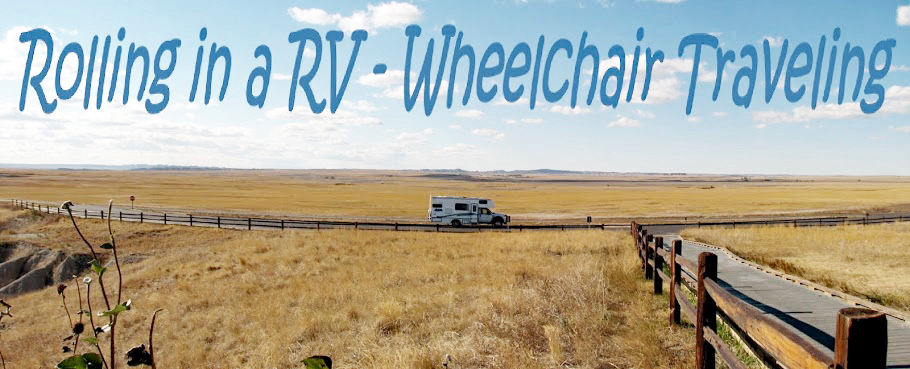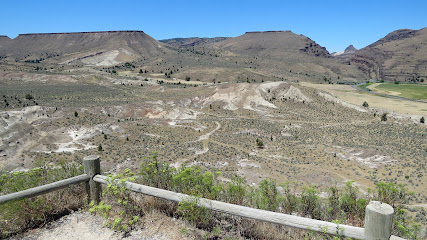The John Day River basin is about 100 square miles in total with three widely separated areas managed by the national park service. These areas protect fossils of plants and animals that were covered by ash, dust, and floods from multiple volcanic eruptions occurring over a time span of 40 million years. The layers of rock form an almost continuous history of the plants and animals that lived in Pacific Northwest after the era of dinosaurs.
The Mascall Overlook view is of the one of the newest layers consisting of stream-deposited volcanic tuff that preserves fossils of horses, camels, rhinoceroses, bears, pronghorn, deer, weasels, raccoons, cats, dogs, and sloths plus oak, sycamore, maple, ginkgo, and elm trees.
A short gravel trail leads to the overlook. The gravel is loose so wheelchair users may need assistance






No comments:
Post a Comment